
PPT Human Body Systems PowerPoint Presentation, free download ID3603193
The nervous system, illustrated in Figure 11.2. 2, is the human organ system that coordinates all of the body's voluntary and involuntary actions by transmitting electrical signals to and from different parts of the body. Specifically, the nervous system extracts information from the internal and external environments using sensory receptors.

Structure of the Nervous System Psychology tutor2u
The central nervous system (CNS) is composed of the brain, spinal cord, and cerebellum. The peripheral nervous system (PNS) consists of sensory neurons, motor neurons, and neurons that communicate either between subdivisions of the PNS or connect the PNS to the CNS. The Human Nervous System: The major organs and nerves of the human nervous system.
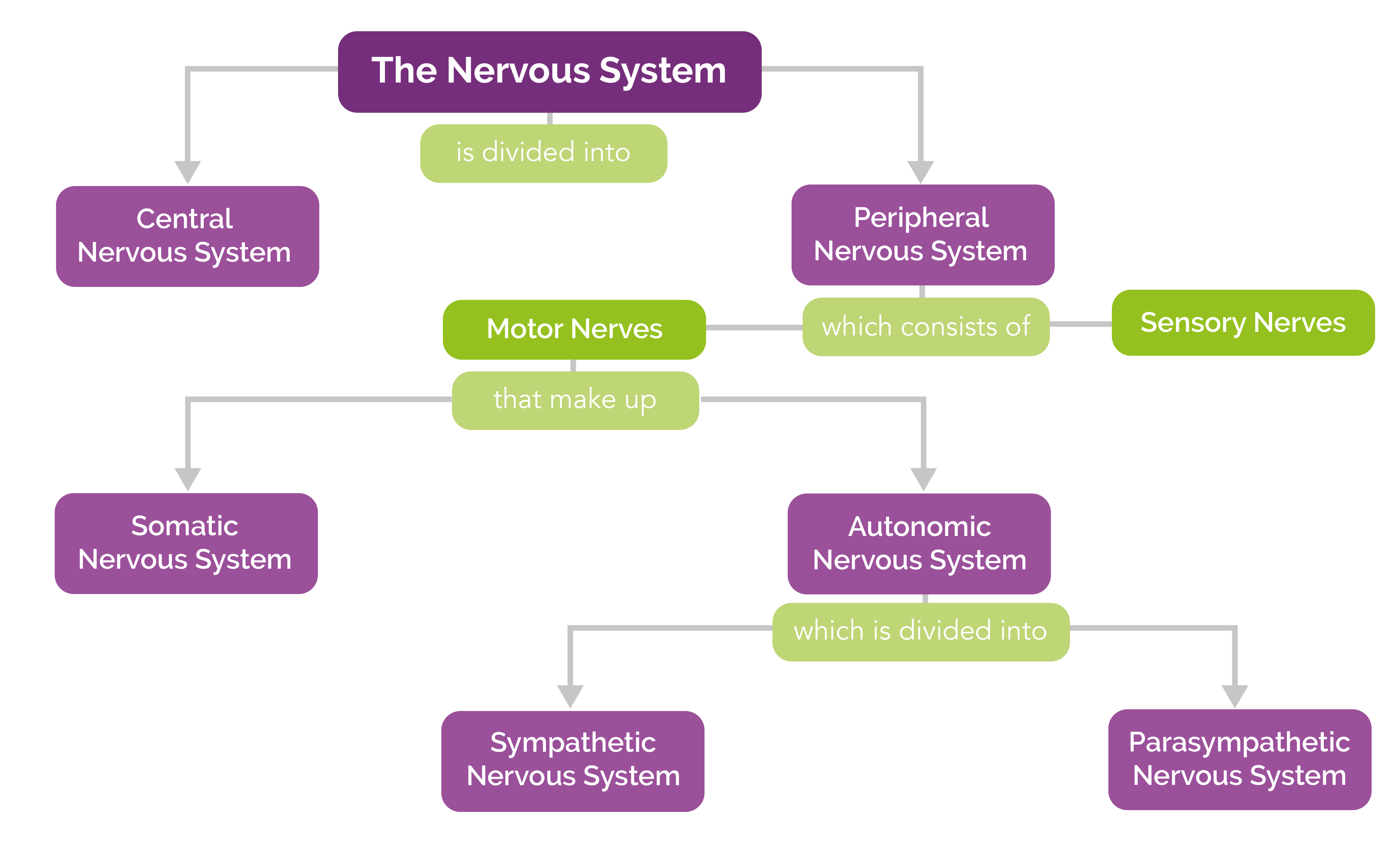
Nervous System Explained Chiropractic Wellness Centre Leicestershire
Nervous tissue, present in both the CNS and PNS, contains two basic types of cells: neurons and glial cells. A glial cell is one of a variety of cells that provide a framework of tissue that supports the neurons and their activities.

Unit 9 The Nervous System Douglas College Human Anatomy & Physiology I (2nd ed.)
Peripheral Nervous System. The PNS is composed of neural components that extend from the aspects of the CNS. The 2 divisions of the PNS are the somatic nervous system (SNS) and the ANS ANS The ans is a component of the peripheral nervous system that uses both afferent (sensory) and efferent (effector) neurons, which control the functioning of the internal organs and involuntary processes via.
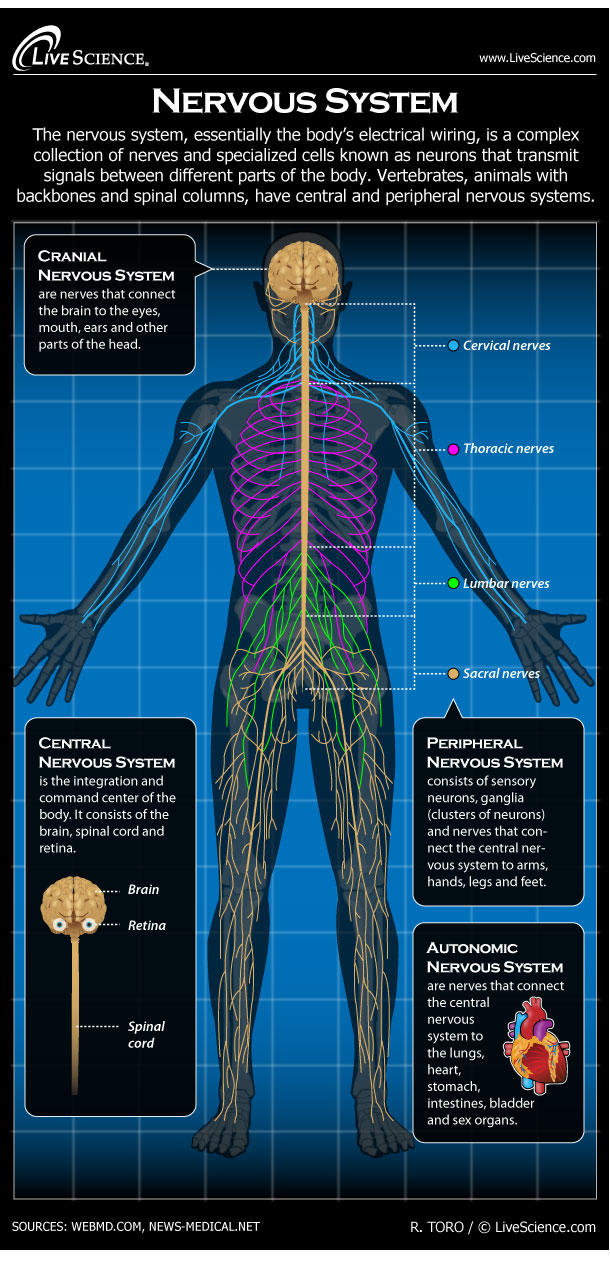
Human Nervous System Diagram How It Works Live Science
. The signal passes chemically across the synapse to the next neurone where the electrical impulse continues. This diagram summarises how information flows from receptors to in the nervous.
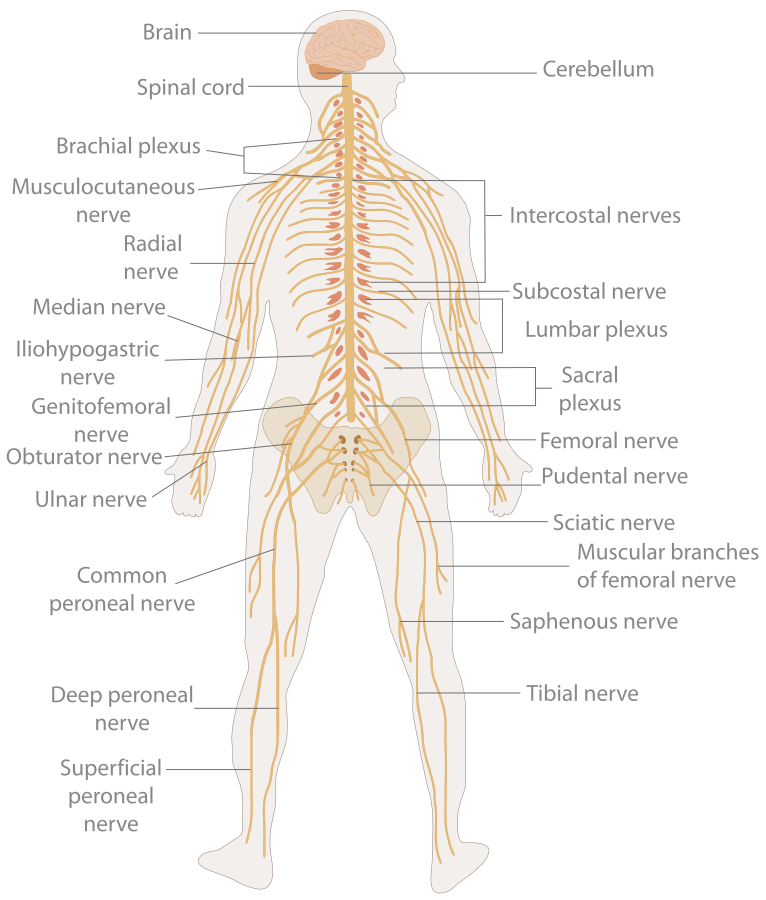
8.2 Introduction to the Nervous System Human Biology
The nervous system produces a response in effector organs (such as muscles or glands) due to the sensory stimuli. The motor ( efferent) branch of the PNS carries signals away from the CNS to the effector organs. When the effector organ is a skeletal muscle, the neuron carrying the information is called a somatic motor neuron; when the effector.
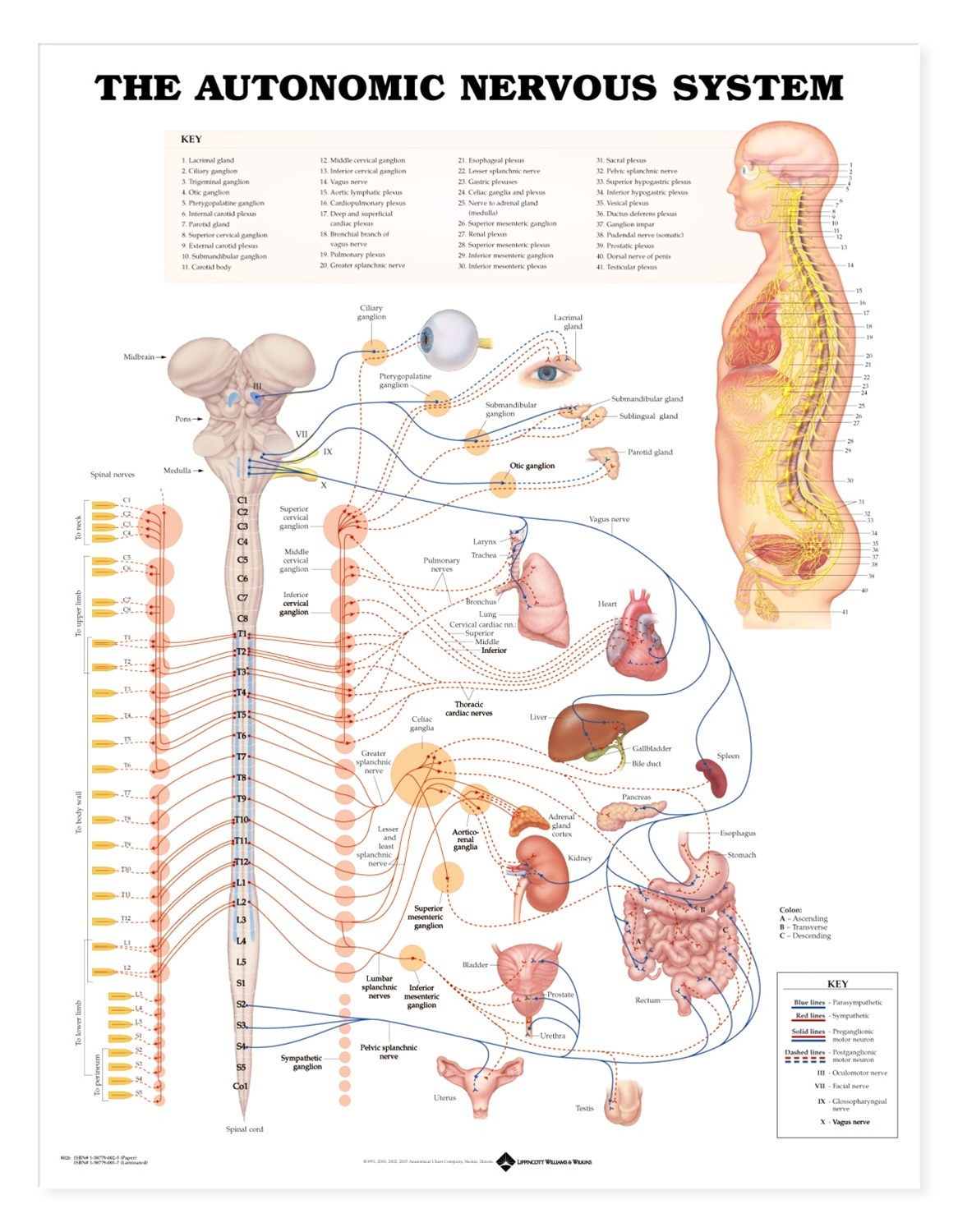
the central nervous system consists of
The nervous system is a network of special cells, neurons and ganglia, that work together to carry out the transmission and reception of signals between different parts of our body. The signals are transmitted in the form of electrochemical waves or chemicals.

The Nervous System (diagram of the divisions of the nervous system) Diagram Quizlet
An Overview of the Nervous System. Listen to the Audio. Now that we have looked at the cells that make up the nervous system and ways in which they process and communicate information, take a look at Figure 2.5. This figure shows the organization of the various parts of the nervous system and will help in understanding how all the different.

Peripheral Nervous System (PNS) Parts and Function
The nervous system or the neural system is a complex network of neurons specialized to carry messages. The complexity of the nervous system increases as we move towards higher animals. For instance, cnidarians such as jellyfish have relatively simple nerve nets spread throughout their body.

The Nervous System Serendip Studio Medical school organization, Anatomy, Human anatomy and
Nervous System Central Nervous System (CNS) (Brain & Spinal Cord) Peripheral Nervous System (PNS) (Cranial & Spinal Nerves ) Sensory Division (Afferent) Motor Division (Efferent) Voluntary or Somatic Nerves Involuntary or Au tonomic Nerves Sympathetic Parasympathetic Nervous System Flow Chart . Title: Nervous System Flow Chart.PDF
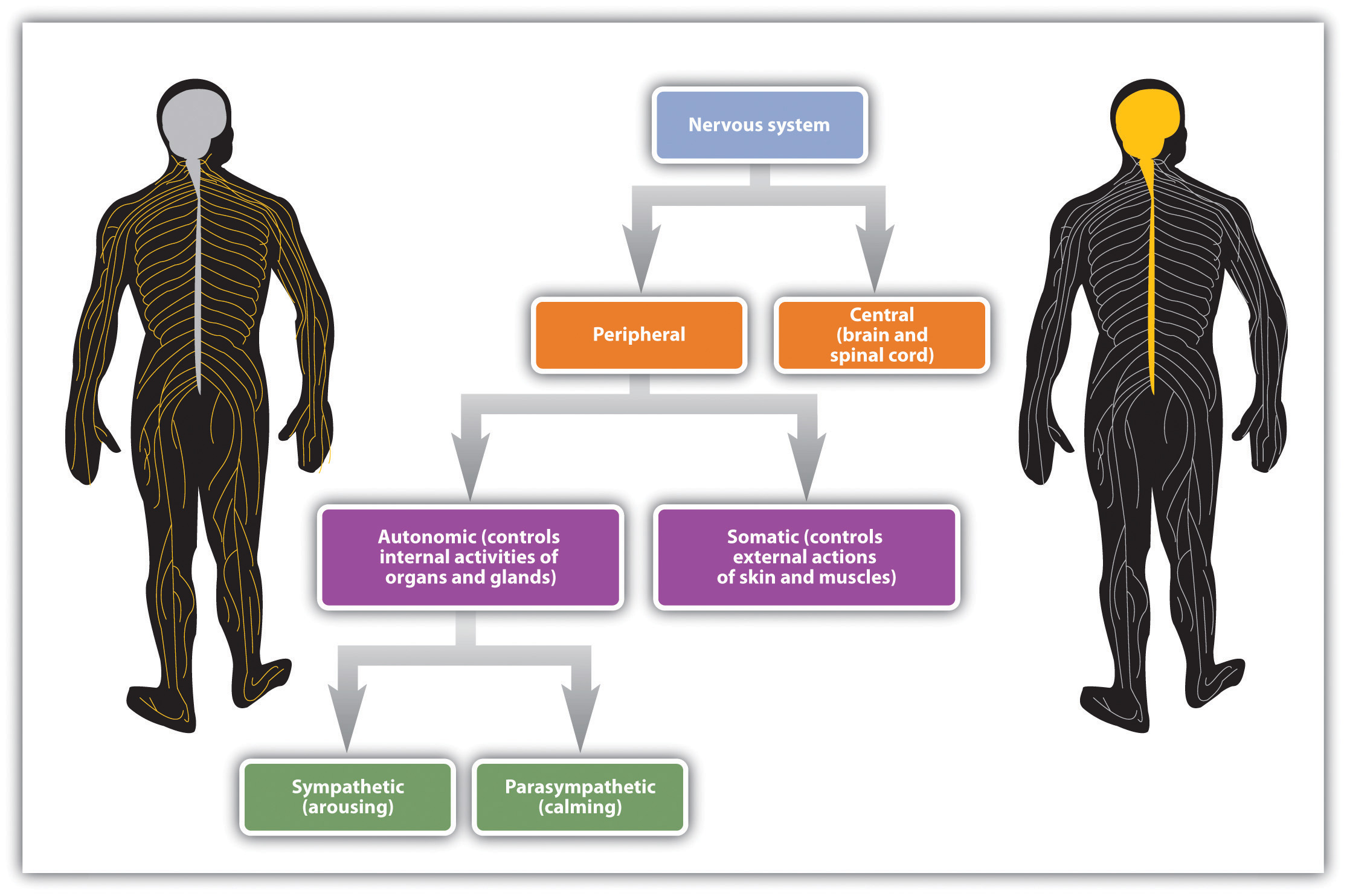
5.3 Putting It All Together The Nervous System and the Endocrine System Introduction to
Table 11.2.1 11.2. 1: Name of structures depend on the location. A group of neuron cell bodies within the gray matter is called a nucleus in the CNS and a ganglion in the PNS. A bundle of axon within the white matter is called a tract or column in the CNS, and a nerve or nerve fiber in the PNS. CNS.

Nervous System Anatomy and Physiology Nervous system, Nclex and Student nurse
The nervous system, essentially the body's electrical wiring, is a complex collection of nerves and specialized cells known as neurons that transmit signals between different parts of the body..
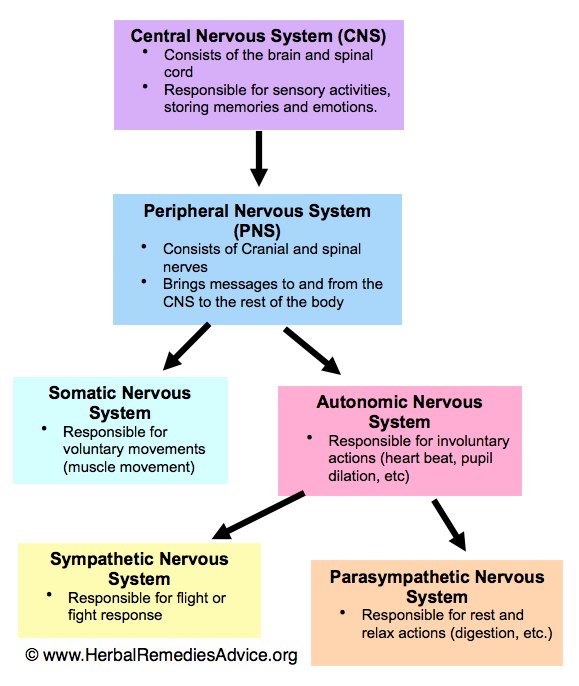
Structure of the Nervous System
The nervous system is a network of neurons whose main feature is to generate, modulate and transmit information between all the different parts of the human body. This property enables many important functions of the nervous system, such as regulation of vital body functions ( heartbeat, breathing, digestion), sensation and body movements.
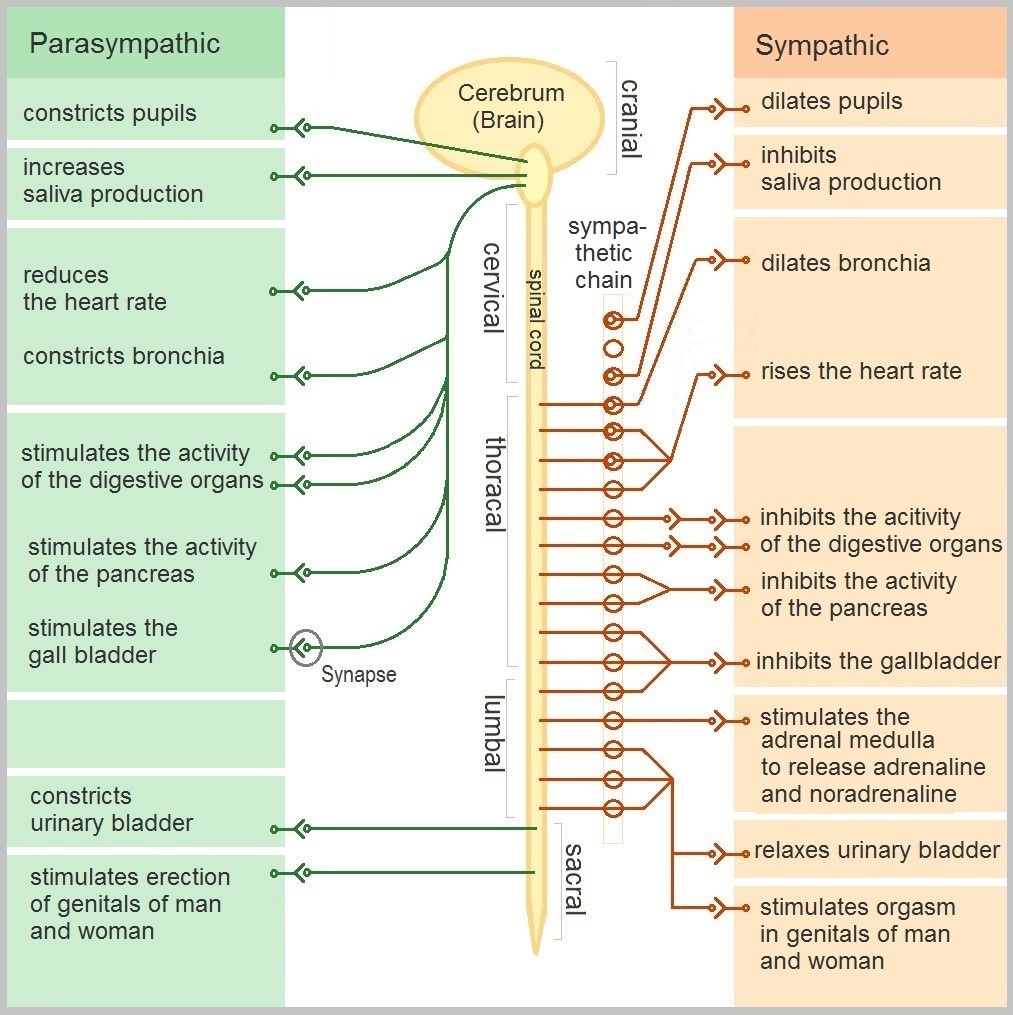
8.6 Peripheral Nervous System Human Biology
The nervous system has two major parts: the central nervous system (CNS) and the peripheral nervous system (PNS). The central system is the primary command center for the body, and is.

ICSE Solutions for Class 10 Biology The Nervous System and Sense Organs A Plus Topper
Flowchart illustrating the human nervous system. Learn how the nerves and the cells carry messages to and from the brain with this nervous system flowchart.

A diagram showing the Central Nervous System (CNS) and a flowchart explaining how it sends ou
The human nervous system is divided into two main parts: the central nervous system (CNS) and the peripheral nervous system (PNS). These two main divisions, which are shown in Figure 1, help ensure that the three broad functions of the nervous system are carried out efficiently. Figure 1: An illustration of the two main divisions of the human.